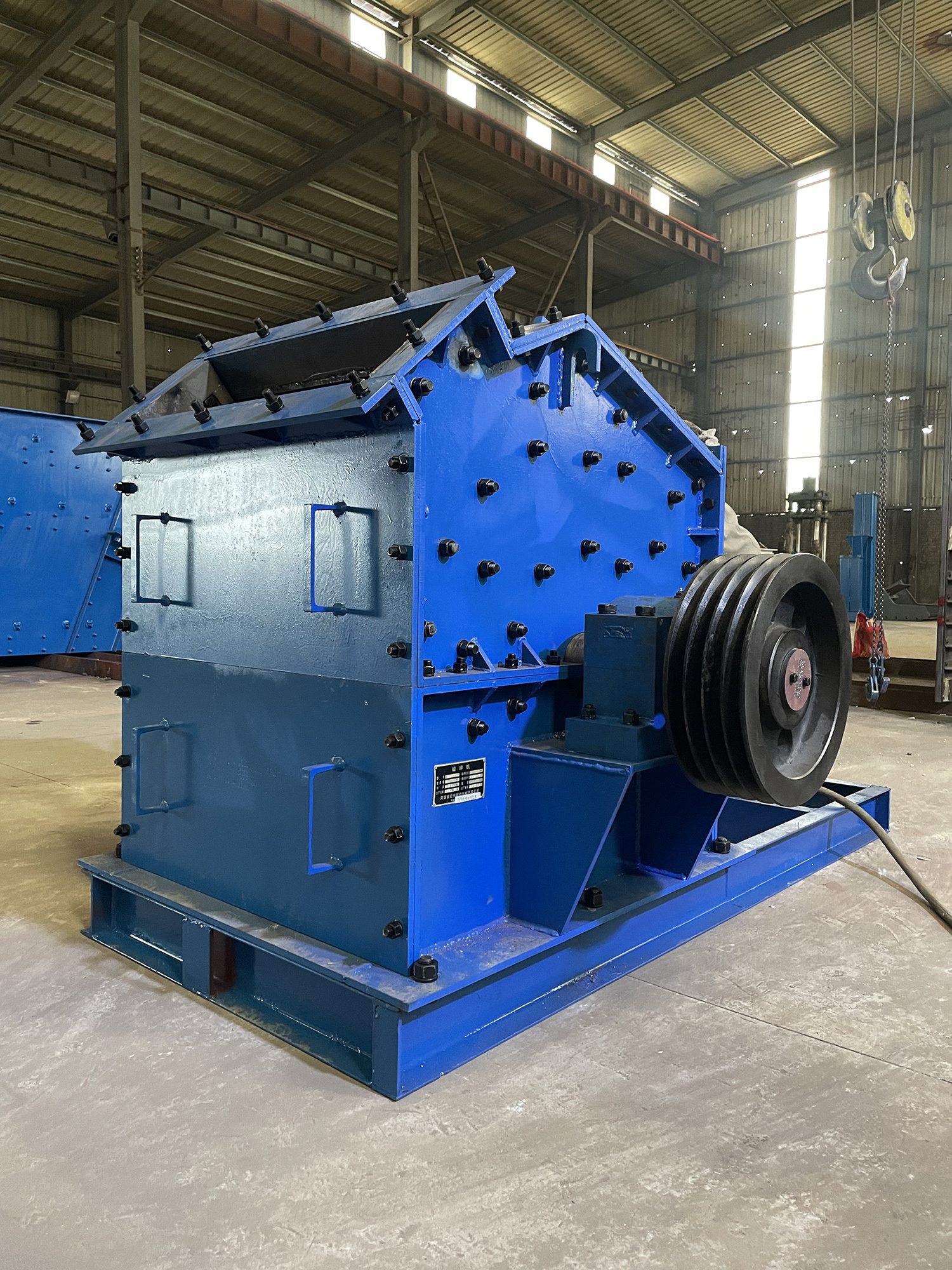Maximizing Efficiency: Understanding Vibrating Screens for Slag Separation
Jun 21,2025

Vibrating screens are essential equipment in various industries, particularly in the processing of metals and minerals. Their primary function is to separate materials based on size and density, which is crucial when dealing with slag—a byproduct of metal smelting and refining. Slag can contain valuable metal content, and effectively separating it from waste material can lead to improved resource recovery and sustainability in processing operations.
One of the primary advantages of using vibrating screens for slag separation is their efficiency. These screens utilize a combination of vibration and gravity to enhance the separation process. When materials are fed onto the screen, the vibration causes them to move and stratify based on their size and weight. This means that lighter slag can be separated from heavier materials, optimizing the recovery of usable metals and minimizing waste.
Moreover, vibrating screens are designed to handle a wide variety of materials, making them versatile in their applications. They can be used in different stages of slag processing, from initial screening to final separation. Depending on the specific requirements of the processing operation, various screen designs, such as circular, linear, or elliptical, can be employed to achieve the desired separation efficiency.
In addition to their functional benefits, vibrating screens are also known for their durability and low maintenance requirements. Constructed from robust materials, these screens can withstand harsh operating conditions commonly found in slag processing environments. Their relatively simple design allows for easy maintenance, ensuring that they can operate continuously without significant downtime, which is essential for maximizing productivity.
Vibrating screens also contribute to the environmental aspects of slag processing. By efficiently separating valuable metals from slag, they reduce the amount of waste that needs to be disposed of, promoting a more sustainable approach to resource management. Furthermore, recycling metals from slag not only conserves natural resources but also reduces the energy needed for metal production, leading to a lower carbon footprint.
In conclusion, vibrating screens for slag separation are a vital component in the manufacturing and processing sector. Understanding their functionality and benefits can help industry professionals optimize their operations, improve resource recovery, and contribute to sustainability efforts. By investing in advanced vibrating screen technology, businesses can enhance their efficiency, reduce waste, and stay competitive in a rapidly evolving market.
One of the primary advantages of using vibrating screens for slag separation is their efficiency. These screens utilize a combination of vibration and gravity to enhance the separation process. When materials are fed onto the screen, the vibration causes them to move and stratify based on their size and weight. This means that lighter slag can be separated from heavier materials, optimizing the recovery of usable metals and minimizing waste.
Moreover, vibrating screens are designed to handle a wide variety of materials, making them versatile in their applications. They can be used in different stages of slag processing, from initial screening to final separation. Depending on the specific requirements of the processing operation, various screen designs, such as circular, linear, or elliptical, can be employed to achieve the desired separation efficiency.
In addition to their functional benefits, vibrating screens are also known for their durability and low maintenance requirements. Constructed from robust materials, these screens can withstand harsh operating conditions commonly found in slag processing environments. Their relatively simple design allows for easy maintenance, ensuring that they can operate continuously without significant downtime, which is essential for maximizing productivity.
Vibrating screens also contribute to the environmental aspects of slag processing. By efficiently separating valuable metals from slag, they reduce the amount of waste that needs to be disposed of, promoting a more sustainable approach to resource management. Furthermore, recycling metals from slag not only conserves natural resources but also reduces the energy needed for metal production, leading to a lower carbon footprint.
In conclusion, vibrating screens for slag separation are a vital component in the manufacturing and processing sector. Understanding their functionality and benefits can help industry professionals optimize their operations, improve resource recovery, and contribute to sustainability efforts. By investing in advanced vibrating screen technology, businesses can enhance their efficiency, reduce waste, and stay competitive in a rapidly evolving market.
Hot Tags:
PREVIOUS:
Contact Us
E-mail:byunfei2000@gmail.com
Wechat/WhatsApp:+86 17324886663
WhatsApp:+86 18738568071
Address:No. 12 Industrial Road, Zhaipo Town, Xinxiang, Henan Province







